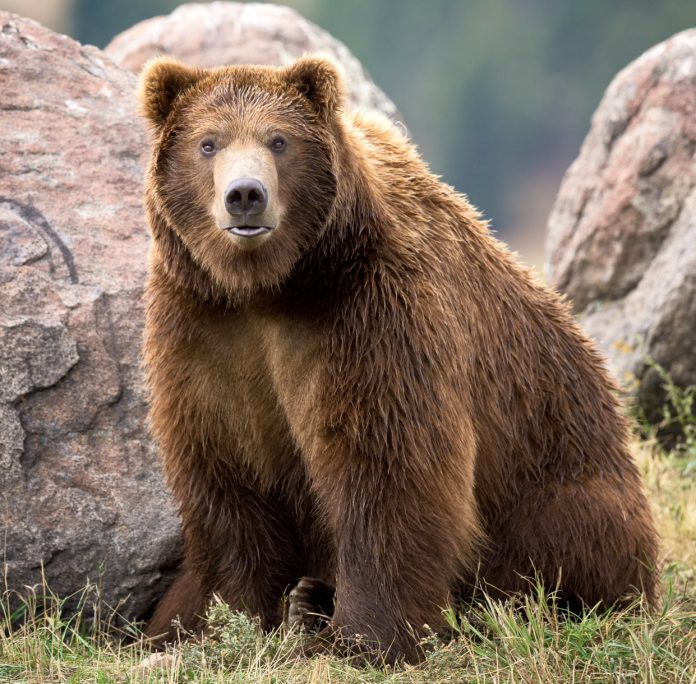
Plans To Reintroduce Grizzlies To The Bitterroot Ecosystem For Their Recovery In Montana & Idaho Are Moving Forward
By WAN
You can help all animals and our planet by choosing compassion on your plate and in your glass. #GoVeg
RELATED ARTICLES
Banning Cruelty: New Legislation Aims To Ban Octopus Farming In The U.S.
New bipartisan legislation has just been introduced in the U.S. to ban commercial octopus farming and prohibit imports of farmed octopus from foreign countries.
The...
Outrage In Yellowstone! Grizzly Bear Killed By Wildlife Officials & Left With Head & Paws Cut Off
Photo by: Trisha McFarland / Cowboy State Daily
A photo of a dead grizzly bear with its head and paws cut off has caused an...
Inside Florida’s Illegal Horse Meat Trade: Undercover Footage Shows Racehorse Being Shot & Butchered
A heart-wrenching discovery of illegal horse slaughter has emerged, with video footage exposing the tragic killing of a racehorse named 'Funny Biz,' who was...
Popular stories
International News
Urgent Call To Action! South African Citizens Needed To Help Stop Cruel Shipment Of Up To 85,000 Sheep To The Middle East
As the National Council of SPCAs (NSPCA) prepares for a third court hearing on August 6th to stop the proposed shipment of between 55,000...
US News
Breaking! WAN Talks With Endangered Habitats League After Judge Blocks L.A. Development That Would Have Threatened Imperiled Mountain Lions
In a victory against a destructive project threatening local mountain lions in northern Los Angeles County, a judge issued a ruling Monday blocking a...
News
The UK Government Announces Plans To Ban The Brutal Shark Fin Trade As Part Of The New Action Plan For Animal Welfare
Earlier this week, International Ocean Minister Lord Goldsmith announced that as part of the new Action Plan For Animal Welfare, the UK will go further than...


